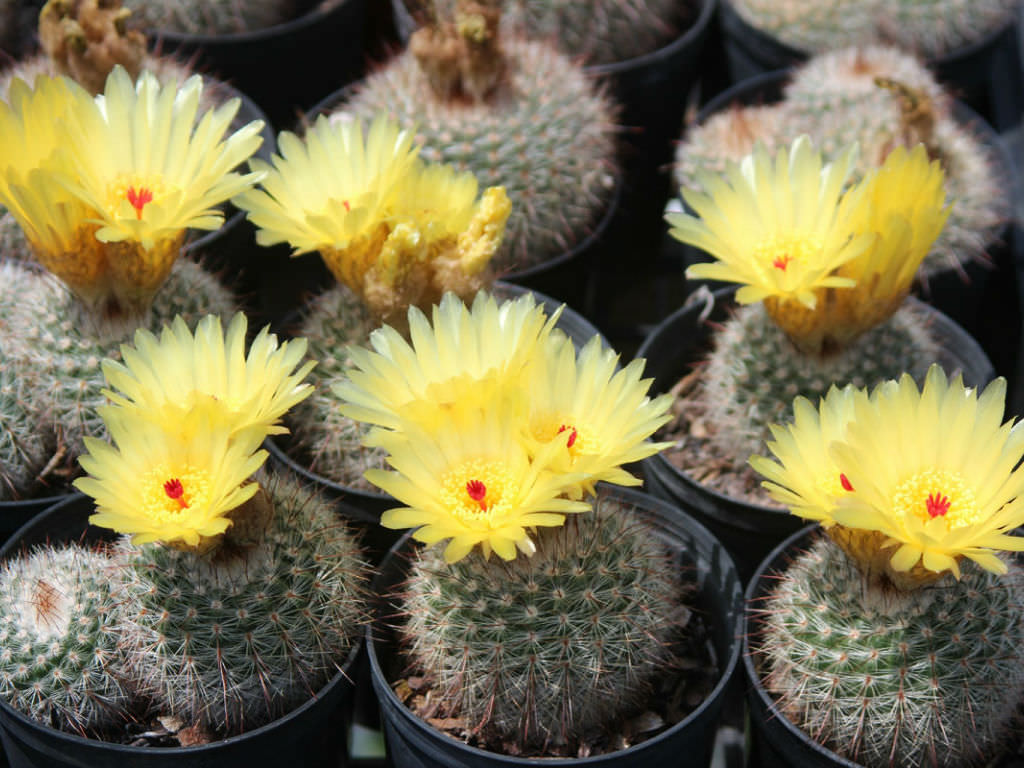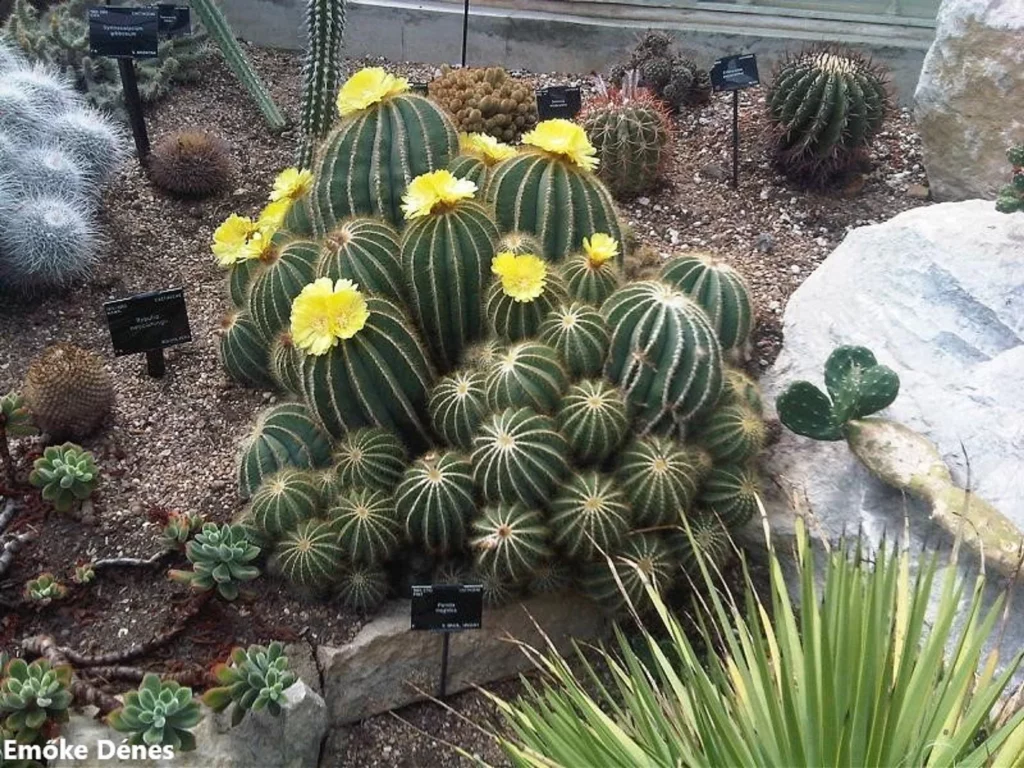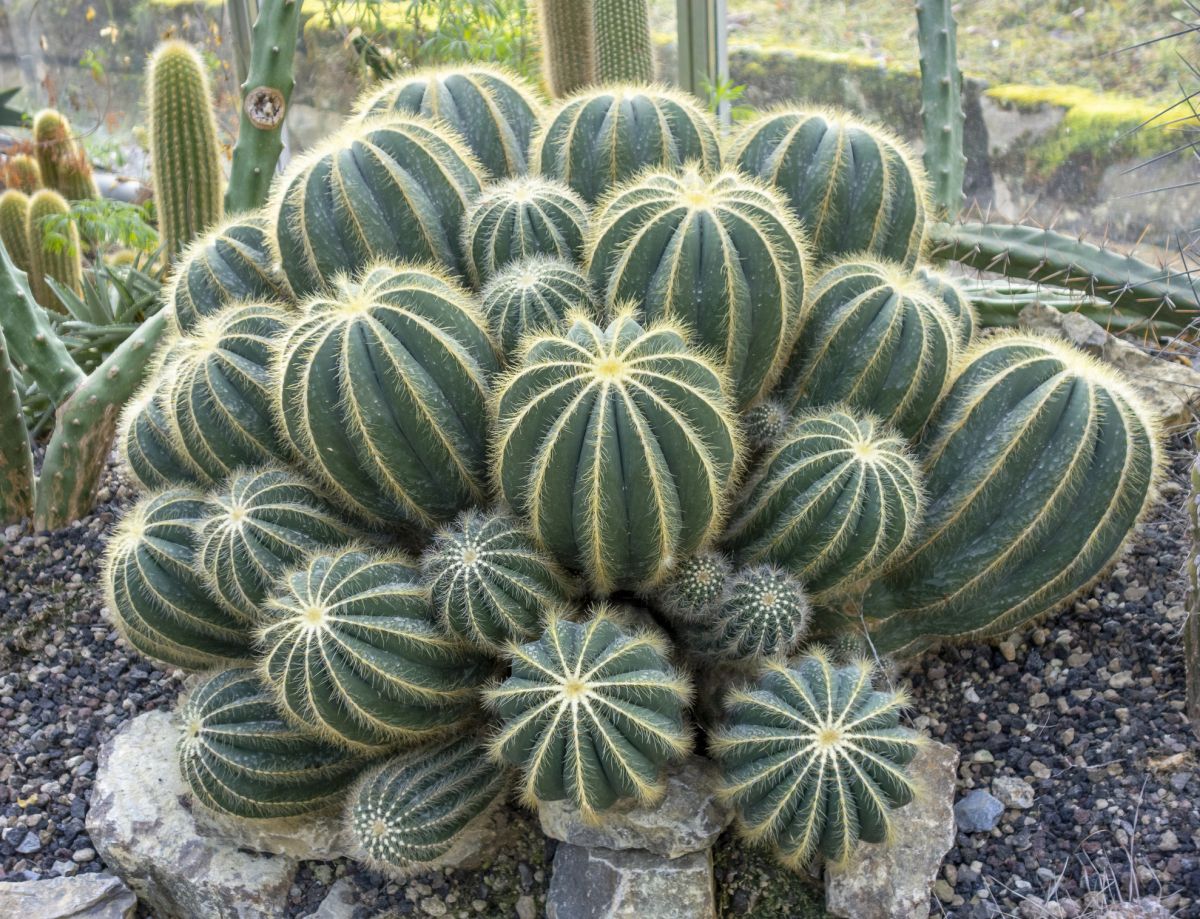The genus Parodia is home to a variety of cacti that may either charm or baffle gardeners. Personally, I must admit, I haven’t quite grasped their secret yet. Caring for a cactus has proven elusive for me until recently when I discovered the key to success.
Among the first cacti I attempted to grow was the Parodia cactus. Oh, how I wish I had known this information earlier! These fast-growing, low-maintenance cacti can thrive once one understands the rules.
The Parodia genus comprises approximately 50 species of flowering cacti, named after Domingo Parodi, an early explorer of Paraguayan flora. Their merits have been recognized by the Royal Horticultural Society.
Parodia cacti are often called ball cacti due to their comically round shape, and smaller species are nicknamed snowball or silver ball cacti. In this article, we’ll explore specific species, care tips for your Parodia cactus, and other intriguing facts.
Appearance of Parodia Cacti

The growth habit of Parodia cacti can vary among the 50 species, but the common name “ball cactus” gives a hint of their overall appearance.
Typically, young Parodia cacti have a globose shape, eventually maturing into taller, columnar forms with deep ribs. Their notable feature is the spines, which can be either long and sharp or shorter and interlaced with long hairs.
These cacti grow moderately fast, reaching up to 4 inches in height per year under ideal conditions.
Flowers of the Parodia Cactus

While cacti are not primarily grown for their flowers, the Parodia cactus boasts a stunning, large flower. Bloom periods vary, with some species flowering in summer and others in winter.
A single, brightly colored cup-shaped flower in yellow, red, pink, or orange graces the crown of the cactus.
Natural Habitat of Parodia Cacti

Naturally thriving in desert biomes, Parodia cacti have developed unique adaptations to survive harsh conditions. They flourish in South America, particularly in Argentina, Peru, Bolivia, Uruguay, Brazil, and Paraguay. Some subspecies are native to South Africa as well.
For regions within USDA zones 9 to 12, Parodia cacti can remain outdoors year-round, but in colder areas, they should be brought indoors during winter.
Ideal Growing Conditions for Parodia Cacti
Contrary to common belief, cacti cannot be left entirely unattended. Proper care is crucial for their well-being.
1. Soil Type: Sandy, dry, and well-draining soil is essential for Parodia cacti. Garden soil should be amended with sand, or specific cactus and succulent potting soil can be used.
2. Watering: While drought-tolerant, Parodia cacti still require regular watering during their growing season. The soil should be kept moist but never soggy. During their dormant period, the soil can dry out completely.
3. Sun Exposure: Parodia cacti love sunshine, but they prefer partial shade during the hottest parts of the day in extremely hot climates.
4. Temperature: These cacti are hardy in short periods of cold weather but should be protected from extended exposure to temperatures below 50 degrees Fahrenheit. In colder regions, they should be brought indoors during winter.
5. Fertilizer: While not necessary, during the active growing season, a cactus and succulent-specific fertilizer can be applied sparingly.
6. Pruning: The beauty of Parodia cacti care lies in the lack of pruning requirements. A minimal effort is needed, such as removing spent flowers.
Propagation of Parodia Cacti
The easiest way to propagate Parodia cacti is by obtaining offsets from mature plants. These offsets should be left to dry before planting them in a pot filled with cactus mix amended with sand.
FAQs
1. Are parodia cacti deer resistant? Yes, their spines protect them from larger pests like deer, rabbits, and squirrels.
2. Can you grow a parodia cactus from seed? Yes, it is possible, but it is a lengthier process compared to propagation via offsets.
3. How tall do parodia cacti get? Height varies among species, ranging from small rounded plants of 12 inches to columnar giants exceeding 4 feet.
4. How fast do parodia cacti grow? They grow moderately fast, achieving up to 4 inches in height per year under ideal conditions.
5. Do parodia cacti need fertilizer? While not mandatory, a cactus and succulent-specific fertilizer can be used during the growing season.
6. How often should a parodia cactus be watered? Regular watering during the growing season is necessary, while dry conditions are fine during dormancy.
7. Do parodia cacti prefer full sun? They love sunlight but prefer partial shade during the hottest parts of the day.
8. Can a parodia cactus be grown indoors? Yes, they are commonly grown indoors, allowing for better climate control.
9. What are some other common names for a parodia cactus? They are often referred to as ball cacti, snowball cacti, or silver ball cacti, depending on the species.
